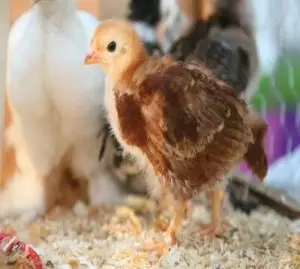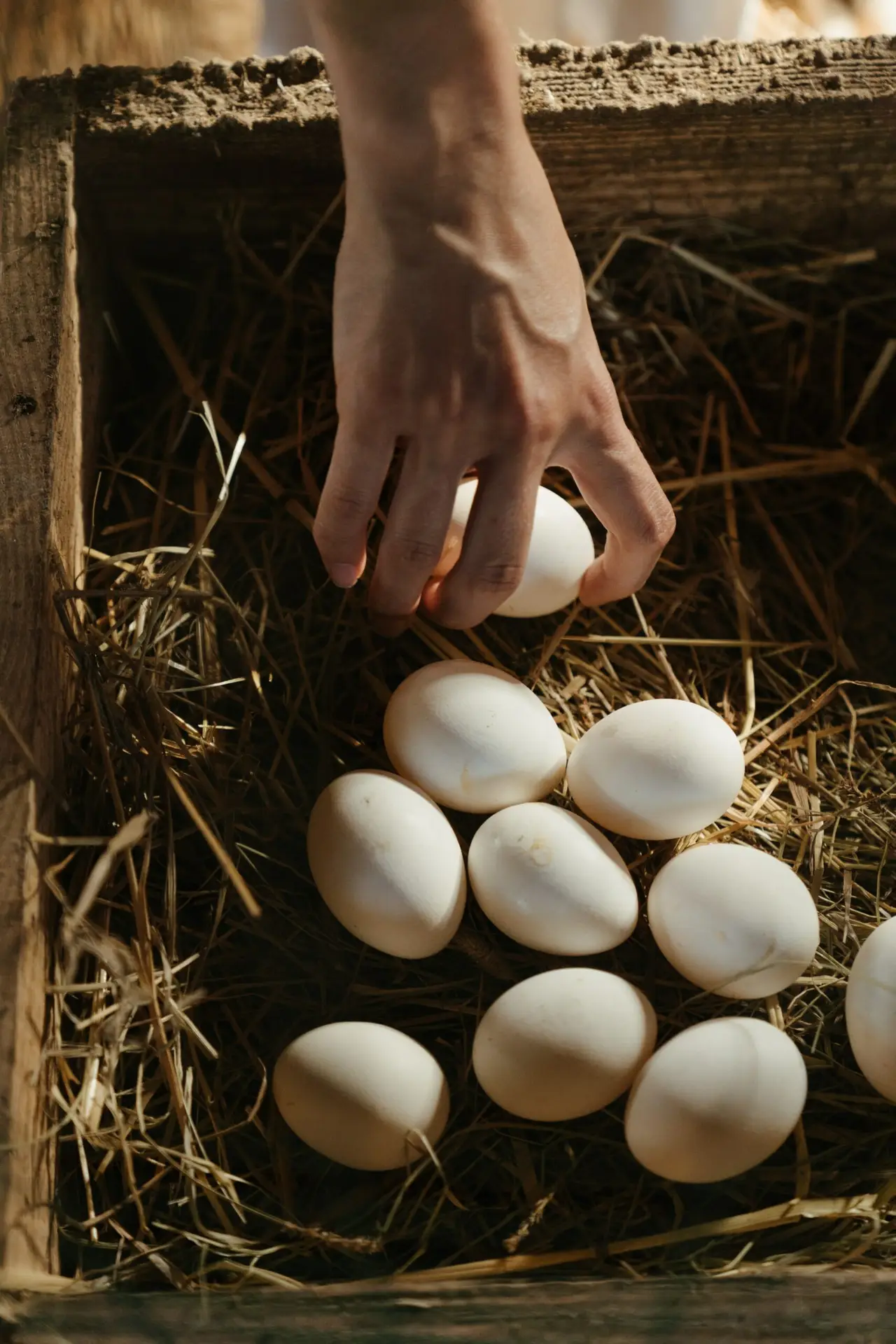
If you’re planning to raise chickens for egg-laying purposes, you’re eventually going to have to figure out the answer to the question, “what’s a nest box?” Notice that we said “figure out the answer” not “learn the answer.” There really isn’t one answer to this question because different chickens, and different chicken farmers, have different needs.
At its most basic, a nest box is any place where a chicken routinely goes to lay its eggs. This could be in a commercial nesting box that you’ve purchased, or a bucket that you’ve converted, or a pretty basket that you set to one side for collecting flowers later, or the wheelbarrow behind the barn with the broken handles, or that milk crate you keep forgetting about out in the garage. Chickens aren’t too picky about the actual construction of their designated laying areas, nor do they seem to care how it’s decorated, as long as it’s a location where they feel safe, protected, and comfortable.
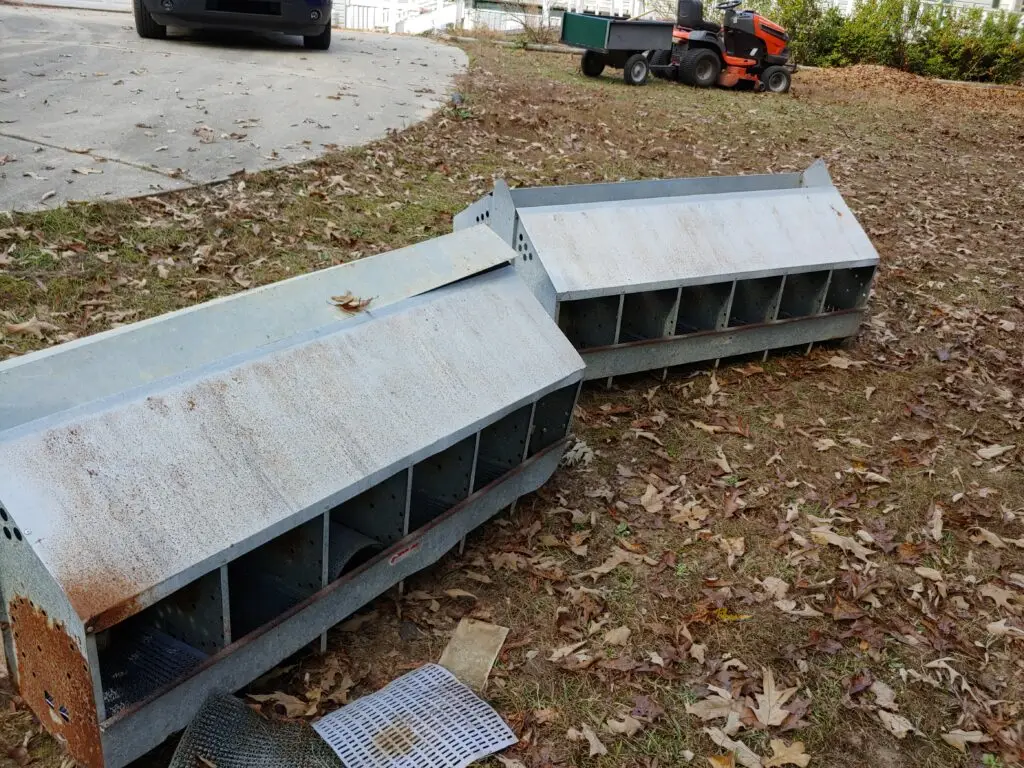
Commercial Poultry Nesting Boxes
Commercial nesting boxes can be ordered new through mail order, purchased locally at farm & ranch stores, or acquired used on Craigslist and Facebook Marketplace, just to name a few. If you have a lot of hens who will be laying – we’re talking more than 30 – you might want to invest in a 10- or 12- hole unit. But don’t be surprised if they all take turns laying in the same two nests every day. Some are wall-mounted, some are designed to hang from the ceiling, but can be set on the ground or on some sort of surface that raises the boxes up off the ground (which hens seem to prefer). If you buy used ones, clean them thoroughly because you don’t know why they have been removed. They could be rusted out, they could be really dirty, and they could even be contaminated with something you don’t want your chickens around – be diligent about cleaning used poultry accessories. As with any nest box, provide some kind of bedding in each slot for them to get comfy on and drop them a sign that says your egg-laying hotel is open for business. (put the fake egg in there)
Backyard Nesting Box Options
Backyard nesting boxes are readily available at local feed stores and even some hardware stores, or ordered online from a variety of sources. You might find custom built nest boxes at farmer’s markets and online at Etsy. You might order a kit and build your own, or you might just decide to use that old milk crate, giant coffee can, Amazon box, busted wheelbarrow, or bucket. If it’s of adequate size and roughly shaped like a box, you can probably turn it sideways and a hen will lay eggs in it. The rest of the process is pretty much the same – thoroughly clean anything that was used previously by someone else, make sure they are securely installed, make the actual laying holes comfy for their occupants with appropriate bedding, and then dare them to use it by leaving a fake egg.
Where Do They Go?
Indoors or outdoors? Let your hens decide. Some hens like the feel of the great outdoors and choose to lay outside of the coop even in inclement weather. Other hens find that sort of egg-laying to be barbaric and uncivilized – they would never be caught laying an egg out in the yard like a heathen! Some layers don’t care, and some layers like to swing back and forth. I have a Lakenvelder hen who is the most flighty bird in the flock – she never lays an egg in the same place two days in a row. She does have about 5 specific places where she goes, but she will never lay in the same place twice in a row. It’s like she has to make the rounds: in the corner of the goat pen (indoors), in the red nest box in the coop (indoors), in the commercial nest box in the backyard (outdoors), under the hay wagon (outdoors), and in the floor in the corner of the roosting area (indoors). I still; think there are a couple of outdoor spots I haven’t found yet.
The really fun thing about putting up nest boxes is that they can all be different! Indulge your creativity, remembering that whatever you put together will be destroyed in a matter of days. Make sure they can be used safely (make repairs and mount properly), make sure you sanitize previously used items (especially hardware from commercial egg production facilities), make the nests appealing (to a hen), and maybe even set up multiple nesting areas to satisfy whatever mood your brood is in. Have fun with it.
We’d Love To Hear From You
What’s the weirdest item you’ve turned into a nesting box? What’s the most unbelievable place your hen(s) have laid eggs? Do you prefer homemade nest boxes or store-bought ones? What’s your ideal box-to-hen ratio?
We look forward to reading about your nesting boxes in the comments!
Share:
Michelle
Blog Categories
Social Media
Most Popular

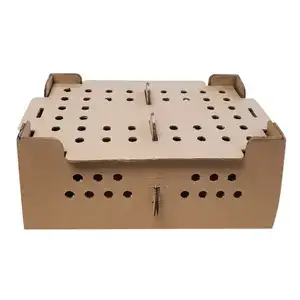
Tips for Chick Season
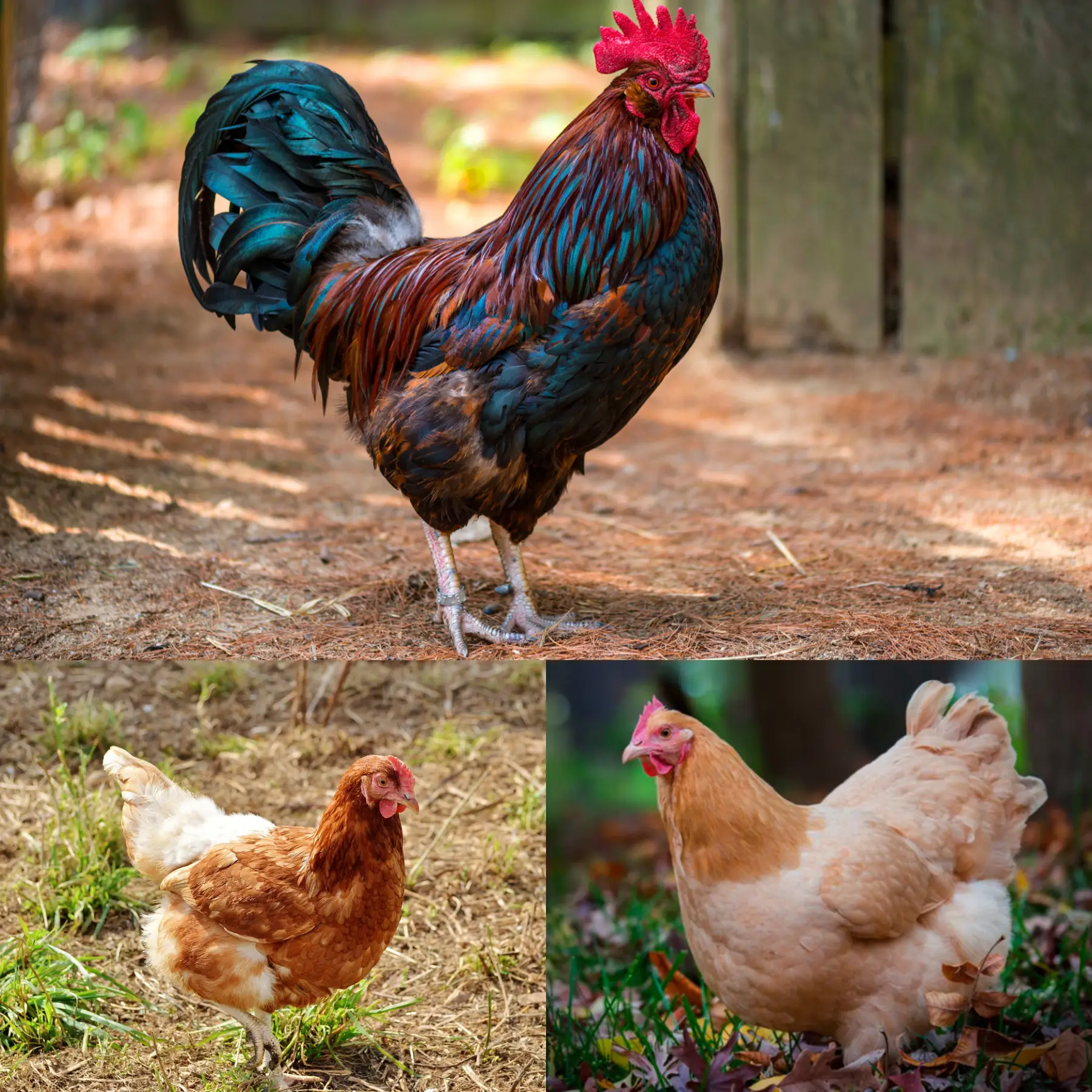
Quick Tips: Hen or Rooster?
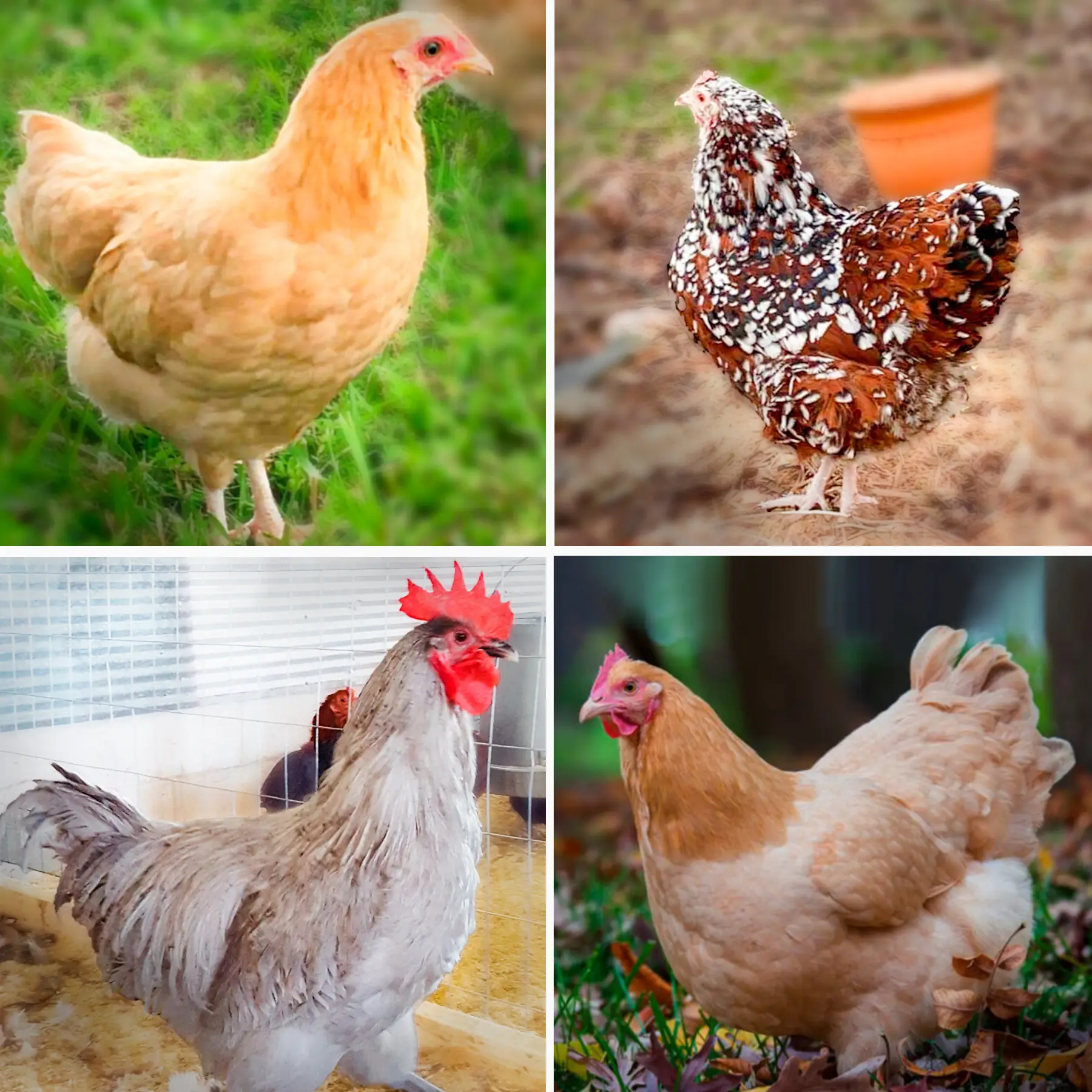
Top 5 Friendly Chicken Breeds for Your Family Flock!
Subscribe To Our Newsletter
Get notifications only about new products and updates.
Related Posts

Quick Tips: Addressing Egg Laying Concerns
Not Getting Eggs from Your Hens? Here’s What You Need to Know! Are your hens taking their sweet time before they start laying eggs, or

Tips for Chick Season
Hey there, chicken enthusiasts! Are you ready for the upcoming chick season at Valley Hatchery? Let us share some tips to make sure your season

Quick Tips: Hen or Rooster?
Image Source: Grubbly Farms If you’ve found your way here, you’re likely in that common situation of scratching your head and wondering, “Is my chicken

Top 5 Friendly Chicken Breeds for Your Family Flock!
Are you ready to add some feathered friends to your family? At Valley Hatchery, we’ve handpicked the top 5 friendly chicken breeds that are perfect



